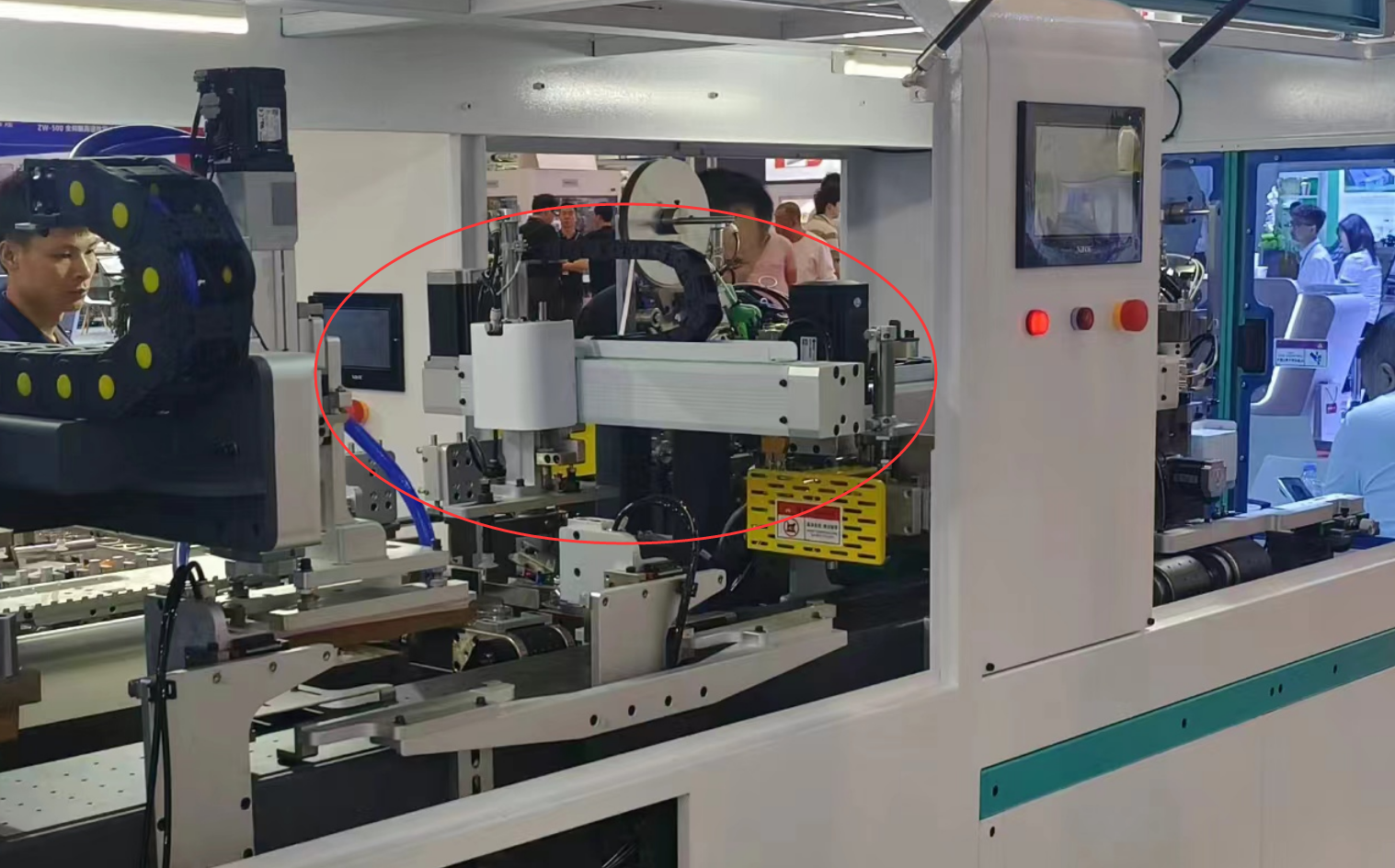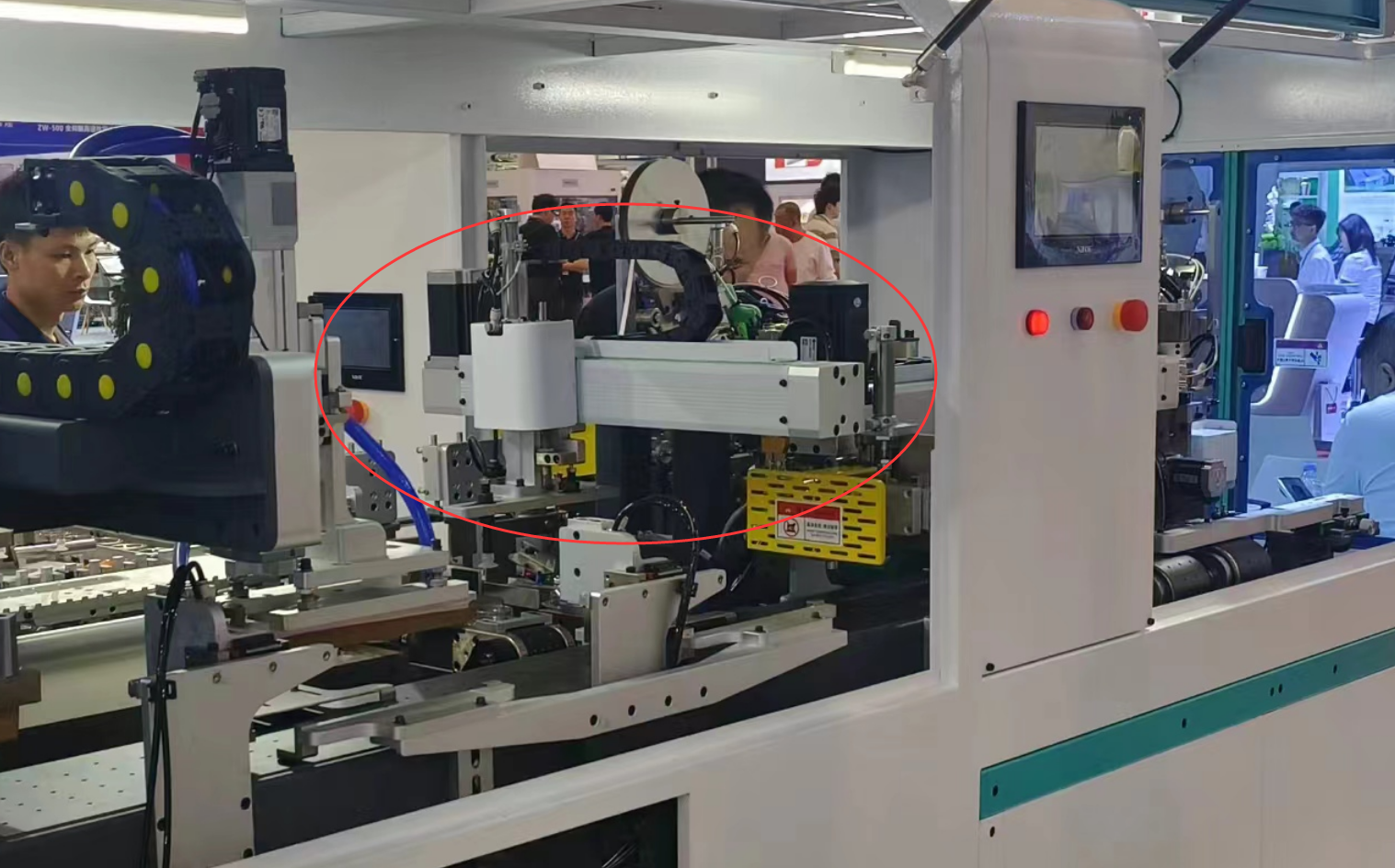 The application of modular robots in automated production is primarily due to their flexible adaptability,
The application of modular robots in automated production is primarily due to their flexible adaptability,
Elevate your operations with advanced motion control system technology, offering rapid deployment and unparalleled precision. Our solutions are designed to address the most demanding industrial challenges, transforming your production capabilities.
1. Enhancing Flexible Production with Advanced Robot Arms
Experience seamless adaptability with our robot arm solutions. Designed for rapid production line reconfiguration, these versatile robot arms feature a modular design, enabling quick swapping of end effectors like grippers or welding torches. This flexibility is perfect for high-variety, low-batch production, making our robot arms indispensable in industries requiring frequent process changes, such as 3C electronics and automotive components.
For businesses seeking cost-effective automation, our modular robotics provides an accessible entry point. Compared to traditional industrial robots, our modular robotics offers a lower investment threshold, allowing small and medium-sized enterprises (SMEs) to implement partial automation quickly and achieve a faster return on investment. This intelligent approach to motion control system integration empowers broader adoption of advanced manufacturing.
2. Achieving High-Precision Assembly and Machining with Integrated Motion Control
Our motion control system enables exceptional precision in assembly and machining. Each robot arm is engineered for minute accuracy, equipped with high-resolution tactile sensors (e.g., over 1000 sensing points per square centimeter) and submicron-level joint feedback. This allows our robot arm to execute micron-level tasks, such as delicate chip packaging and intricate medical device assembly, ensuring superior quality and reliability.
Furthermore, our modular robotics excels at integrating complex processes. In demanding automotive manufacturing, our modular robotics can collaboratively complete intricate tasks like door welding and precise glass bonding, significantly improving consistency and overall production quality. Trust our robust motion control system for your most critical applications.



 The application of modular robots in automated production is primarily due to their flexible adaptability,
The application of modular robots in automated production is primarily due to their flexible adaptability,